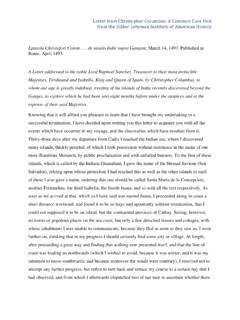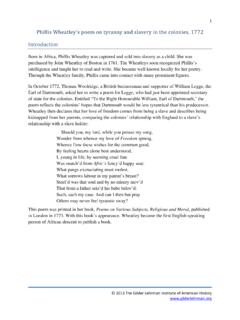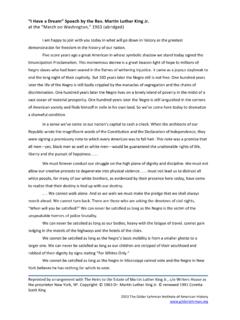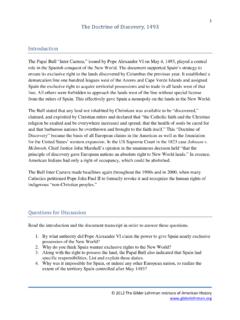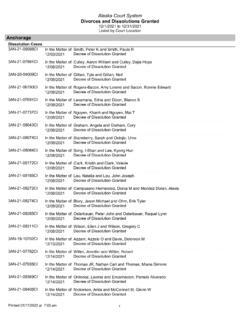Transcription of Timeline of the Abolitionist Movement
1 2012 The Gilder Lehrman Institute of American History Timeline of the Abolitionist Movement 1828: New York State abolishes slavery. 1829: david Walker s Appeal. 1831: William Lloyd Garrison publishes The Liberator. Nat Turner Slave Rebellion. 1833: American Anti-slavery Society formed. 1837: Abolitionist Elijah Lovejoy is murdered. 1838: Frederick Douglass escapes slavery and becomes active in the Abolitionist cause. 1840: Formation of the Liberty Party which ran presidential candidates in 1840 and 1844 1844: John Quincy Adams finally wins repeal of the Gag Rule in Congress. 1846: Wilmot Proviso, prohibiting slavery in any territory taken from Mexico, is passed in the House, but defeated in the Senate. 1847: Frederick Douglass begins publication of the North Star. 1848: Mexican Cession of western territory to the United States; North and South resume struggle over the status of slavery in federal territory.
2 1850: Compromise of 1850 Passage of Fugitive Slave Act. 1852: Abolitionist Harriet Beecher Stowe publishes Uncle Tom s Cabin. 1854: Passage of Kansas-Nebraska Act which determines the status of slavery in these two territories according to the principle of popular sovereignty. Bleeding Kansas. Formation of the Republican Party. 1857: Dred Scott Court Decision which stated that the Missouri Compromise was unconstitutional, and that slaves were not citizens but the property of their owners 1858: Lincoln-Douglas Debates. 1859: Abolitionist John Brown s raid at the federal arsenal in Harper s Ferry, Virginia. 1860: Presidential election of Republican Party candidate, Abraham Lincoln, and the start of southern secession. 1861: The beginning of the Civil War. 1863: Abraham Lincoln s Emancipation Proclamation.
3 1865: Thirteenth Amendment is added to the Constitution, which abolishes slavery.
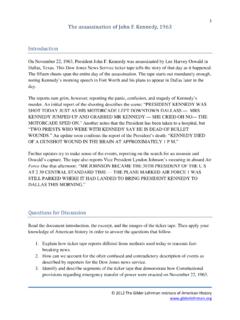
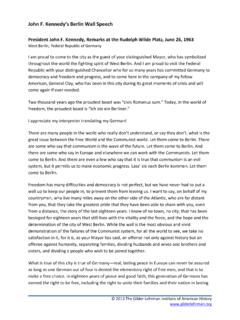
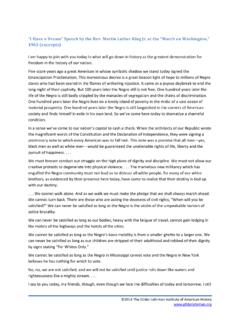
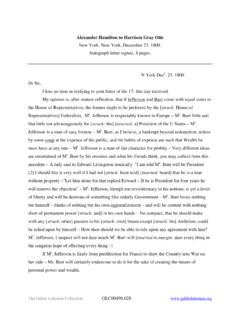
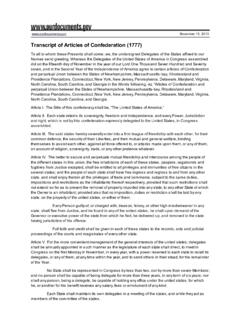
![Articles of Confederation [first printing, first edition]](/cache/preview/1/d/5/8/3/e/2/a/thumb-1d583e2a95e93f880e7d53ec1bb21484.jpg)
